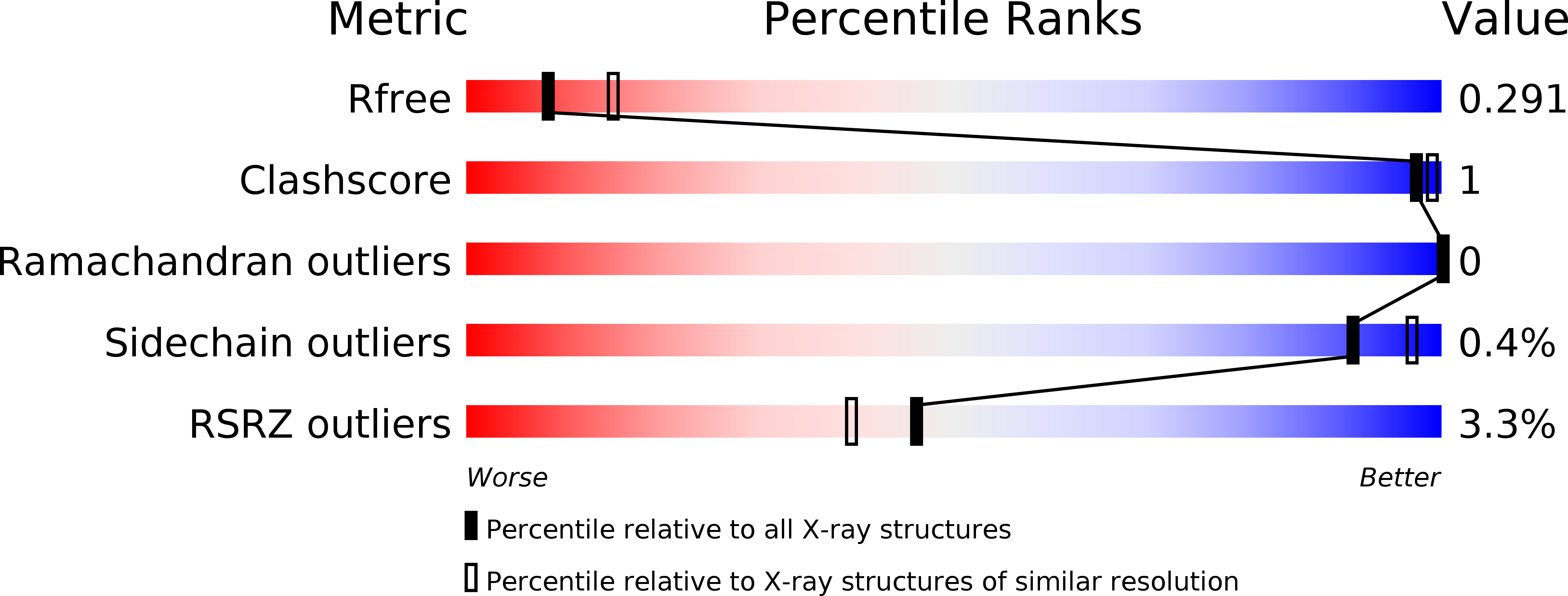
Deposition Date
2017-07-21
Release Date
2017-12-20
Last Version Date
2024-11-06
Entry Detail
PDB ID:
5WJF
Keywords:
Title:
Crystal structure of murine 4-1BB from HEK293T cells in P21212 space group
Biological Source:
Source Organism:
Mus musculus (Taxon ID: 10090)
Host Organism:
Method Details:
Experimental Method:
Resolution:
2.60 Å
R-Value Free:
0.28
R-Value Work:
0.22
R-Value Observed:
0.22
Space Group:
P 21 21 2


